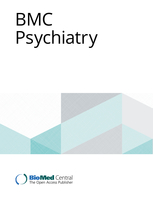
“Cannabis is the most popular recreational drug used in the world. It is estimated that 178 million people aged 15–64 years used cannabis at least once in 2012.
Cannabis or cannabinoids used to manage medical conditions is referred to as medicinal cannabis. There are various formulations of cannabis available on the market.
Cannabis can be administered orally, sublingually, or topically; it can be smoked, inhaled, mixed with food, or made into tea. It can be taken in herbal form, extracted naturally from the plant, gained by isomerization of cannabidiol (CBD), or manufactured synthetically.
The commercially available prescribed cannabinoids include dronabinol capsules, nabilone capsules, and the oromucosal spray nabiximols.
Canada and the Netherlands have government-run programs in which dedicated companies supply quality-controlled herbal cannabis. In the United States, 23 states and Washington, DC (May 2015) have introduced laws permitting the medical use of cannabis; other countries have similar laws.”
https://www.ncbi.nlm.nih.gov/pubmed/29870436
https://insights.ovid.com/crossref?an=01787381-201806000-00001









